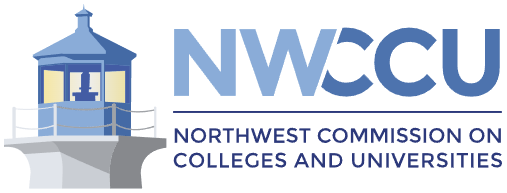EHHD_ED_GR_MEd_EDLD_REPORT_2016-17
Annual Assessment Report
Academic Year: 2016-17
Department: Education
Program(s): Educational Leadership, Master’s of Education (M.Ed.)
2016-17 EDLD M.Ed. Summer 2016-Spring 2017
1. What Was Done?
A) Twenty-five students earned their M.Ed. degrees
B) All M.Ed. graduates/program completers took the Education Leader PRAXIS exam - 24 passed on the first attempt. One Student had to take the exam twice, but did pass.
C) We had master’s students (completers) fill out a program effectiveness survey (40 total items with availability to make open-ended comments). The survey was developed by a faculty member as a part of her doctoral program 7 years before.
D) We asked informal questions about the program at the Spring 2017 CTL Retreat held in April.
2. What Data Were Collected?
A) Twenty-five students earned their M.Ed. degrees
B) Pass rates for the PRAXIS test of Education Leader Knowledge.
C) We collected descriptive data (on a 9 pt. scale) on 4 areas in the EDLD program: 1) Recruitment and Selection Processes; 2) Relevancy of Coursework to Practice; 3) Faculty and Instruction ; 4) Clinical Field Experience. Students rated the effectiveness of each component in the program.
D) Qualitative notes from the CTL discussion.
3. What Was Learned?
A) Twenty-five students earned their M.Ed. degrees.
B) Pass rates for the PRAXIS test of Ed Leader Knowledge was 96% on first attempt. All students did eventually pass the PRAXIS. Our MSU mean score was 169. Which is higher than the previous year of 166.
C) Overall the first three sections (Recruitment, Coursework and Faculty) were rated between 6-9 on most items. Indicating that students felt the program elements were mostly effective. Faculty was rated highest and comments about caring for students, expertise in content and practice areas were most often cited. The 4th section on clinical field experience was rated higher than in previous years. We attribute that to providing more flexibility in assignments and allowing students to collect hours before the beginning of the school year and during the Holiday break.
D) Student comments reinforced that they enjoy the cohort nature of the program and suggested we find more times for students to meet face to face during the year and especially during their field work semesters. Some suggested that students only be allowed to begin the program in summer in order to maintain a true cohort identity. Several who began later felt out of sync and not as “bonded” with classmates. Students also indicated they would like the EDLD 566 Sped class earlier in the program.
4. How We Responded?
A) We continue to require the PRAXIS as a measure of content knowledge and proof of skills.
B) We also discussed holding a face to face Field experience class in the fall over a weekend to give students a chance to debrief their internship experiences and ask for assistance if needed.
C) We changed when the Special Ed course is offered – it is now offered in the 4th semester rather than the last semester. Students feel it is valuable knowledge they can use as teachers so having the class earlier benefits them.
D) We continue to discuss how we can maximize face to face time to support the cohort structure of the program. We will also discourage students from beginning in the spring.
E) We designed a new newsletter to send to recently admitted MED students detailing more specifically program expectations and how they should prepare for summer classes.



